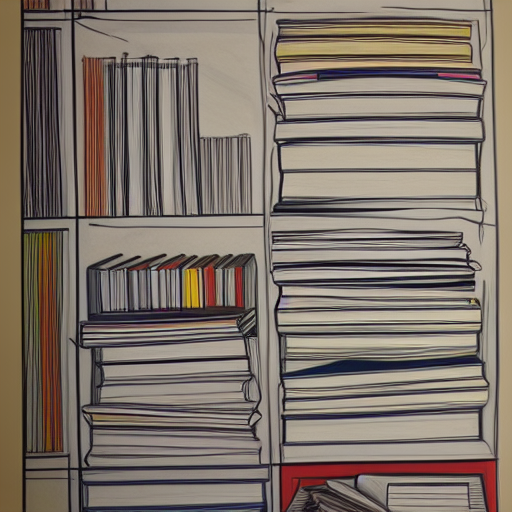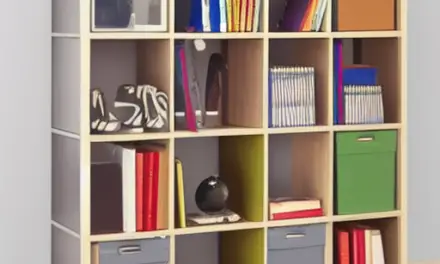There are several ways to organize important documents at home. The first step is to identify which ones need to be kept in separate locations. If possible, sort each document by category. Once you have categorized your documents, shred all documents that contain personal information. This includes names, addresses, Social Security numbers, and credit card numbers. Recycle other less sensitive papers. You should also list your documents according to their categories, starting with the big picture first. In addition, you should use manila folders with all right-hand tabs.
Stackable plastic bins
Clear plastic bins come in a variety of sizes and styles, from 7 1/2” x 6 1/2” drawer dividers to 35 1/2” long, shallow underbed boxes. These storage containers are made of high quality, clear plastic with no interior molding. They have clear lids that provide maximum visibility and volume. Most are designed to stack.
Stackable plastic bins come in a variety of colors. They are a great way to keep a variety of different things organized in a home. They are also excellent for organizing toys and school supplies. Some of these bins come with handles for easy carrying. You can even color code your bins for easy identification.
Stackable plastic bins are also an excellent way to organize important documents at home. These containers are easy to store and easy to retrieve. The lid is sturdy, and you can remove it for easy access. Important documents are best stored in a room with consistent temperature. Ideally, they should be stored in a storage closet.
When choosing a storage bin, consider the materials used to make them. Some are made of plastic while others are made of more durable materials. Make sure the bins you choose are durable if you plan to keep your documents in them for a long time. Also consider where you will place your storage bin. Some people prefer to place them in the open, while others want to tuck them away. In either case, you should choose the bin that will fit into the space you have available.
Magazine holders
Magazine holders and wire files are two of the most popular ways to organize important documents at home. They help you sort paperwork by activity, making it easier to find what you need. Wall-mounted organizers are another great option, since they keep important documents visible. You can also label each file, making it easy to identify which one contains important documents. You can use empty wall space to organize other items, such as family schedules and cork boards.
Magazine holders are also great for storing important papers and bills. You can put one in the hallway to keep mail and bills, as well as kids’ homework. They are compact and can hold a lot of items. Just be sure to review them every once in a while to ensure that everything is still in the right place.
Color-coded system
Creating a color-coded system is a great way to distinguish documents by department or task. For example, color-coded file folders will enable you to easily identify the status of your creative or budget documents. Color-coded binders will also help you to distinguish between projects.
To create a color-coded system, you need to determine the items you need to categorize. You can start with the things you are likely to misplace or forget to put away. These should be items such as files and important documents. You should prioritize these over other items, such as reading materials or writing utensils.
Once you have identified which documents are important, you can assign a primary color to each folder. Use the brightest color for the most important documents, while the rest of your documents should be filed in different shades of the same color. This will make it easier for you to locate the documents you need quickly. A simple index to your folders will also help you keep track of your system and prevent misfiling.
If you are a high school teacher, consider using this system in your classroom. Color-coding can help your students remember important information faster. You can also use it to organize notes and handouts in your class. By categorizing documents by color, you can help students remember which pieces of information are most important and which are not.
Color-coded systems are also great for personal use. They can help you sort out your workspace and organize your notes by color. Whether you need a short-term filing cabinet or a long-term filing cabinet, color-coding can make your life easier. You can also use color-coded systems to organize your clothes, craft areas, and activity calendars.
Color-coding can also help you boost your productivity. Studies show that disorganized environments make people procrastinate. Having an organized home office will make your life easier in all aspects.
Shredding less important documents
Paper documents have a tendency to accumulate as we move through our lives. Whether you’re purchasing, selling, or insuring a vehicle, you’ll most likely end up with a stack of papers. And tax time only adds to the pile. It can take a long time to sort through each one to determine which ones should be saved and which ones should be shredded. Thankfully, there are solutions to this problem.
The most important documents you should keep are those that contain your personal information. Financial documents and insurance policies are two great examples. However, other documents with personal information should be shredded. The best way to organize important documents at home is to shred documents that aren’t that important. This way, you can organize the clutter in your home while still maintaining privacy.
When you’ve sorted through your papers, you should begin decluttering. During this process, you may have realized that you’ve kept a lot of old, irrelevant, and obsolete documents. The next step is to shred documents that are no longer useful to you. The goal here is to keep only the things that are needed.
Once you’ve organized your paperwork, you can discard the unwanted or unimportant papers, starting with the recycling bin. Once you’ve completed this step, you’ll have to decide how to handle the rest. If there’s anything that is too sensitive, consider shredding it or having it shredded at a local store.
Before you begin shredding, make sure you’re going to need the original or physical copy of the document. If you’re not sure, consider digitally storing the documents instead. This will save space and reduce the need to shred them. Just remember to protect the privacy of your personal documents by making sure they’re password-protected and encrypted.













